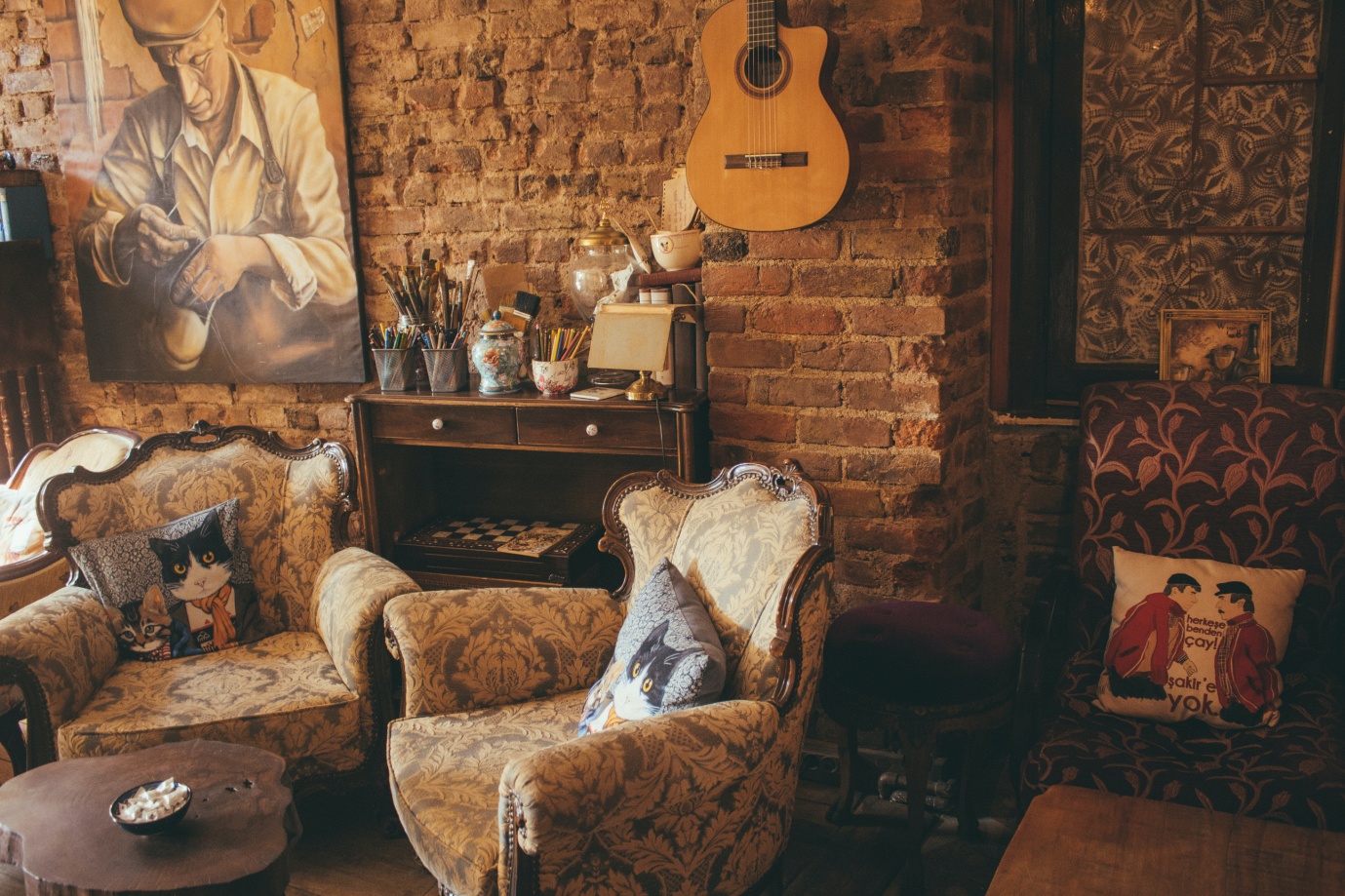Spending on expensive upholstery for your house will surely make it look beautiful and comfortable to sit on it and relax. After you place it in your favourite area of your house, you’ll notice that it starts to fade and tear in a while.
Furthermore, cleaning and maintenance of the upholstery are essential. It’s good for your family, health-wise and the furniture will be around for a long time. Any furniture like your chairs, couch, and cushions, anything with cushions needs to be clean carefully.
But not many of you know how. Sometimes you end up using the wrong cleaning product, or a stronger cleaning product that results in ruining the furniture.
So here, we’ll see how to care for your upholstered furniture? Also, what is used to clean upholstery?
Let’s check out the steps for cleaning the upholstery as well as the products that are safe for the furniture.
- Every product comes with a tag on its side stating the ways it can be cleaned. As well as if it can be cleaned with a detergent or not. Every fabric is sensitive, and it should be cleaned with gentle care.
- Understand what kind of material you are dealing with. It will be mentioned on the cushion flap about the way it needs to be cleaned. Sometimes, the description will be a little confusing because of the abbreviations. So if the flap denotes, then ‘W’ it means the cushion can be cleaned using water-based detergent. If it denotes ‘S’, then it means dry clean. And if it says ‘WS’ then you are free to use water-based detergent or dry clean it. Sometimes, they might mention ‘O’, and this means the cushion is made out of organic material and should be cleaned with cold water.
- Always remember to buy the right type of cleaner for your upholstery. There are conditioners, leather cleaners, water-based upholstery detergents, and dry cleaning solutions.
- The headrest and armrest areas of the couch are the dirtiest. You need to remember to clean them with the help of a bristle brush. Also, vacuum with a similar kind of brush to remove surface debris from the couch. Never forget the bottom of the couch. That’s where most of the dirt lies.
- Steam cleans your upholstery. Steam cleaning can help in tackling pet odour and other smells. Some fabrics remain as fresh as new when you steam clean them rather than using water-based detergent or dry clean. Few home cleaners or people following DIY steps may use vinegar to clean the stains, but the strong content of vinegar might damage the product.
- Cover your upholstery using a protective product. There are many new products in the market that help in covering upholstery that helps in reducing your task and worry of cleaning the dirt. But again, just because you cover the upholstery doesn’t mean you shouldn’t clean the furniture every now and then.
- Do not expose your upholstery to direct sunlight or do not keep it close to windows. Rain and sunlight will damage the sensitive material of the couch or furniture. Even airborne pollutants like fumes from cooking or rainwater spray might spoil the fabric and fade the colour.
- Use the dishwashing liquid; it’s very effective. A small amount of dishwashing liquid in a bucket of warm water will help in removing the stubborn stains easily.
How often do you have to clean your upholstery?
After reading the above ways to clean the upholstery, you must be having a question of how often to clean the upholstery. The answer is simple and it depends on how many kids and pets you have in the house. The grime and dirt collected in the corner will also tell you that it’s time for a clean. Also, it’s best advised to clean the furniture at home at least twice a month. And if you are not able to determine if it needs cleaning, then run a wet cloth on the arm of the upholstery and if you see dirt on the cloth, then you know it needs to be cleaned thoroughly.
The expensive beautiful upholstery will survive a long time if you take good care by following up with the above suggestions. It’s worth the hard work.
Author Bio:
Mike Morleye is a professional writer. He puts together his writing skills to share knowledge on diverse topics in a readable, understandable and appealing format.



